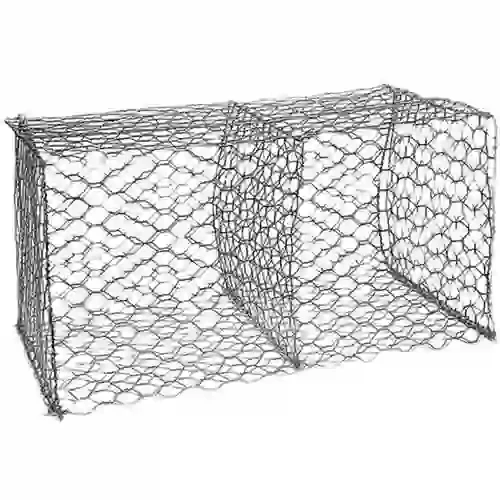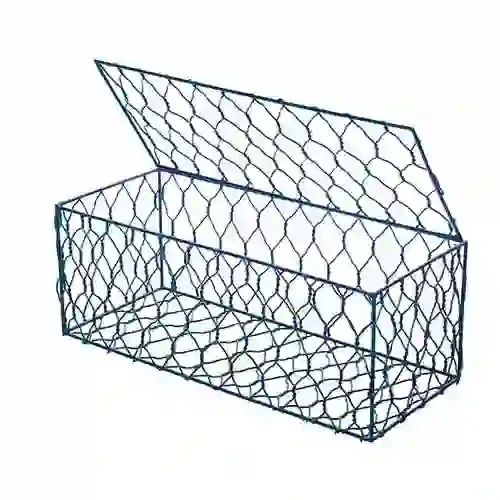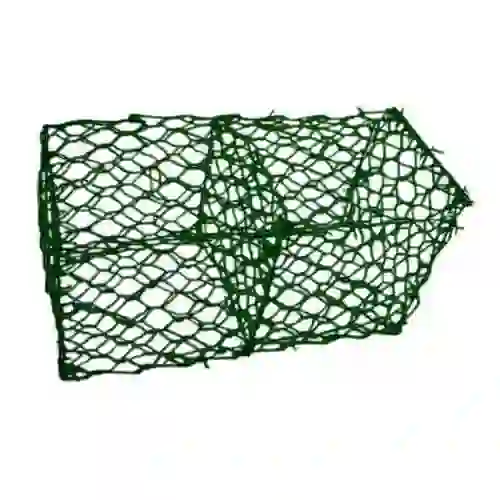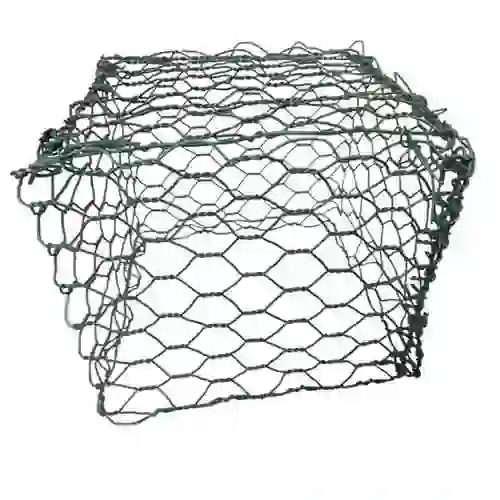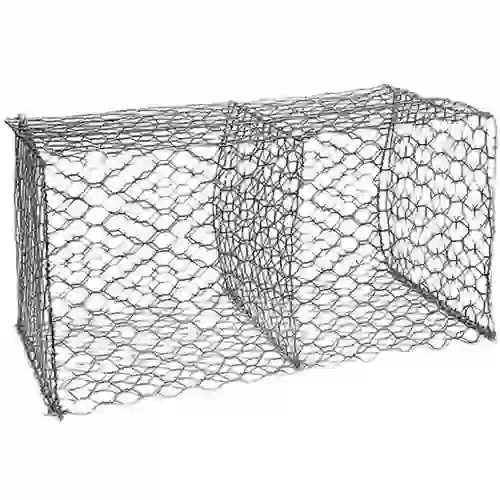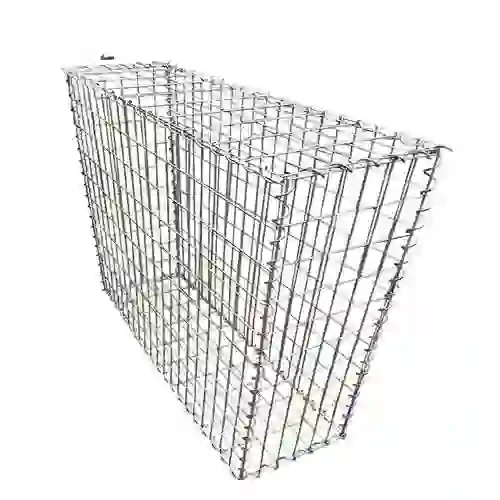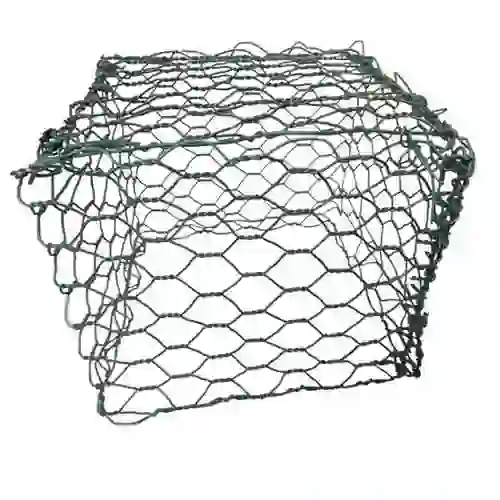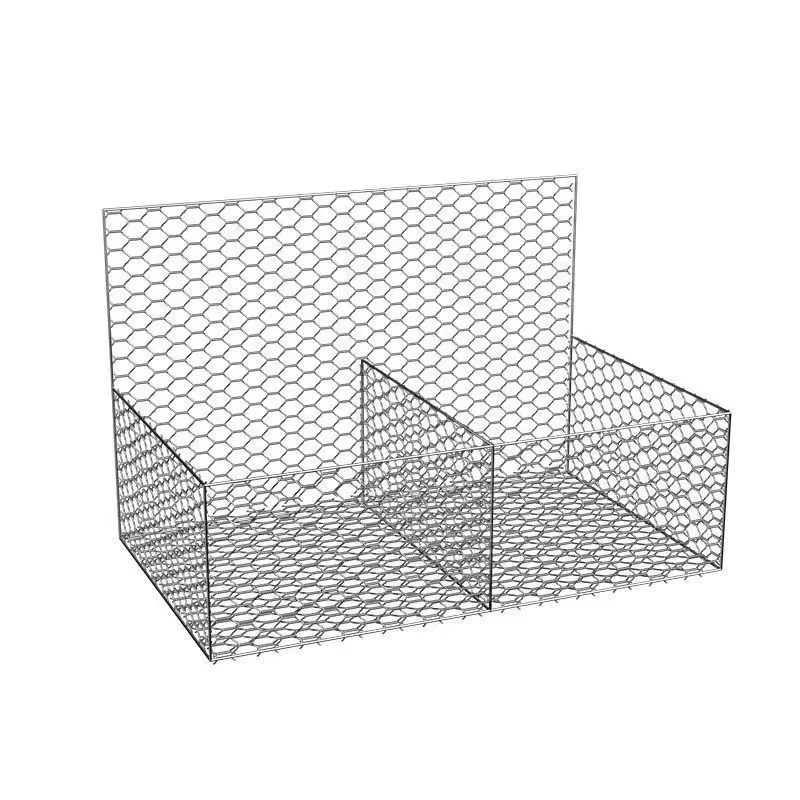-
 Phone:
Phone: -
 Email:
Email:

Professional Rockfall Netting Installation Services
Understanding Rockfall Netting Systems: An Overview
In geotechnical engineering and infrastructure development, safeguarding communities and vital assets from geological hazards is paramount. Rockfall, the rapid descent of rock masses, poses significant risks to transportation networks, industrial facilities, and residential areas. Mitigating these risks often involves robust engineering solutions, among which rockfall netting installation stands out as a highly effective and widely adopted strategy. This technique encompasses the deployment of specialized mesh systems designed to contain, guide, or prevent falling rocks, thereby enhancing slope stability and ensuring public safety. The choice of materials, design principles, and installation methodologies are critical factors influencing the long-term efficacy and resilience of these protective measures. Advanced materials, such as high-tensile steel wire, alongside sophisticated anchoring systems, contribute to the durability and performance under various environmental conditions, from arid deserts to humid coastlines. The growing demand for sustainable infrastructure and increased awareness of climate-induced geological shifts are driving continuous innovation in this sector.
The industry for rockfall mitigation is experiencing significant growth, driven by global infrastructure projects, climate change impacts leading to increased natural disasters, and stricter safety regulations. Emerging trends include the integration of smart monitoring systems with netting for real-time hazard assessment, the development of hybrid systems combining active and passive protection, and the increasing use of galvanized or PVC-coated wire mesh for enhanced corrosion resistance. Furthermore, there's a rising emphasis on aesthetically pleasing solutions that blend seamlessly with the natural landscape, particularly in sensitive environmental zones. The lifecycle cost, including installation, maintenance, and potential future upgrades, is a key consideration for B2B decision-makers, leading to a preference for durable, low-maintenance solutions that offer a high return on investment in safety and infrastructure longevity. This strategic approach ensures that investments in rockfall protection are both effective and economically sound.
The Manufacturing Process of Gabion Wire Cages for Rockfall Mitigation
Our Gabion wire cages, often utilized in conjunction with or as integral components of rockfall netting installation, are engineered for exceptional strength and longevity. The manufacturing process is meticulously controlled to ensure adherence to stringent quality standards, delivering a product capable of withstanding severe environmental stresses. It begins with the selection of high-grade steel wire, typically low-carbon steel, chosen for its excellent tensile strength and ductility. This raw material undergoes a cold-drawing process to achieve the precise wire diameter required, which can range from 2.0 mm to 4.0 mm, depending on the application's demands. Following drawing, the wires are then heavily galvanized, applying a protective zinc coating (typically 240-290 g/m² for Class A galvanization, conforming to ASTM A641/A975) to provide superior corrosion resistance against moisture, chemicals, and abrasive elements. This critical step significantly extends the product's service life, making it suitable for exposed outdoor environments.
After galvanization, the wires are precisely woven or welded into hexagonal or square mesh panels. For gabion cages, double-twist hexagonal mesh is commonly preferred due to its ability to prevent unraveling if a wire breaks, offering enhanced structural integrity. The mesh opening sizes, such as 60x80mm or 80x100mm, are critical for containing various rock sizes. Automated machinery ensures uniform mesh patterns and consistent tensile strength across the entire panel. Following the weaving or welding, the panels are cut to specified dimensions and then assembled into the final cage form, often with lacing wire for field assembly. Each batch undergoes rigorous quality control inspections, including wire diameter checks, zinc coating thickness verification, mesh opening accuracy, and tensile strength tests (conforming to ISO 9001 and ASTM standards). This comprehensive process ensures that every Gabion wire cage meets the exact specifications required for effective and reliable rockfall netting installation and slope stabilization projects, offering an expected service life exceeding 50 years under normal conditions in civil engineering and mining applications.
Technical Specifications and Performance Parameters
The effectiveness of any rockfall netting installation hinges upon the precise technical specifications of its components. Understanding these parameters is crucial for engineers and project managers to select the appropriate system for their unique site conditions. Key parameters include wire tensile strength, which directly correlates with the mesh's ability to absorb impact energy; mesh opening size, which dictates the size of rocks that can be contained; and coating type, which ensures longevity in corrosive environments. Our Gabion wire cages are manufactured to meet or exceed international standards, providing a robust solution for diverse geotechnical challenges. The combination of high-strength steel and advanced protective coatings ensures maximum performance and minimal maintenance over their extensive operational lifespan, even in harsh weather conditions or areas with high seismic activity.
| Parameter | Typical Range/Value | Relevant Standard | Benefit to Installation |
|---|---|---|---|
| Wire Diameter | 2.0mm - 4.0mm | EN 10223-3, ASTM A975 | Influences tensile strength & mesh rigidity. |
| Mesh Opening Size | 60x80mm, 80x100mm, 100x120mm | EN 10223-3 | Determines containment capability for rock sizes. |
| Tensile Strength (Wire) | 350-550 N/mm² | ISO 10244-2, ASTM A641 | Impact absorption & resistance to deformation. |
| Zinc Coating Mass | ≥240 g/m² (Heavy Galvanized) | ASTM A641 Class A, EN 10244-2 | Superior corrosion resistance, extended lifespan. |
| PVC Coating Thickness (Optional) | 0.5mm - 0.7mm | ASTM A975 | Additional chemical & UV resistance. |
| Service Life Expectancy | 30-50+ years (depending on coating) | Industry best practice | Reduced maintenance, long-term cost savings. |
These detailed specifications ensure that our products meet the exacting demands of modern infrastructure projects. The choice between galvanized and PVC-coated options allows for tailored solutions based on the environmental aggressors present at a site, such as saline environments or highly acidic soils. For instance, a rockfall netting installation near a coastal highway would greatly benefit from PVC-coated gabions due to enhanced saltwater corrosion resistance. The tensile strength of the wire mesh is a critical factor for active rockfall barriers, where the netting is designed to absorb significant impact energy. By adhering to these rigorous technical parameters, we guarantee the reliability and effectiveness of our rockfall mitigation systems, providing peace of mind for engineers and stakeholders alike.
Application Scenarios and Technical Advantages
Gabion wire baskets and mesh rock retaining walls, often integrated into comprehensive rockfall netting installation strategies, are indispensable in a multitude of demanding application scenarios. Their versatility extends across various sectors, including civil engineering, transportation infrastructure, mining, and environmental protection. In civil engineering, they are crucial for stabilizing unstable slopes adjacent to residential areas, industrial facilities, and public parks, preventing erosion and safeguarding against sudden rock detachments. For transportation infrastructure, such as highways, railways, and tunnels, rockfall netting systems provide vital protection for vehicles and passengers from falling debris, ensuring continuous and safe operation. Their ability to conform to irregular terrains makes them ideal for challenging topographies.
In the mining industry, these systems are used for reinforcing open-pit slopes and preventing rockslides in quarry operations, thereby enhancing worker safety and operational efficiency. Environmentally, rockfall netting aids in land reclamation projects and revegetation efforts by providing a stable base for soil and plant growth on steep slopes, fostering ecological restoration while preventing erosion. The key technical advantages include their inherent flexibility, which allows them to deform and absorb energy without fracturing, making them highly effective against dynamic rockfall events. Their porous nature ensures excellent drainage, mitigating hydrostatic pressure buildup behind the structure. Furthermore, the use of heavily galvanized or PVC-coated wire mesh ensures exceptional anti-corrosion properties, significantly extending their service life in harsh environments, reducing the need for frequent maintenance and replacement. This contributes to their high cost-effectiveness and sustainability as a long-term solution for slope stabilization and rockfall mitigation.
Custom Solutions and Integrated Systems
Recognizing that every geological site presents unique challenges, we specialize in providing bespoke solutions for rockfall netting installation. A 'one-size-fits-all' approach is rarely optimal in complex geotechnical projects. Our approach involves a comprehensive site assessment, which includes geological surveys, hydrological studies, and analysis of potential rockfall trajectories and impact energies. Based on this detailed evaluation, our engineers design tailored systems that integrate various components, such as high-tensile wire mesh, anchor bolts, gabion wire baskets, and specialized drapery systems. This customization ensures maximum effectiveness and cost-efficiency, optimizing the system's performance for specific slope angles, rock types, and environmental exposure. We consider factors like vegetation, seismic activity, and drainage requirements to deliver a holistic and sustainable solution.
Our expertise extends to combining active and passive rockfall protection strategies. Active systems involve anchoring mesh directly to the slope face (e.g., draped mesh or bolted mesh systems) to prevent rock movement, while passive systems (like rockfall barriers or catch fences) are designed to contain falling rocks at the base of the slope. For instance, a project might require a bolted rockfall netting installation at the upper slope combined with a gabion wire basket wall at the toe for debris collection. We engage in close collaboration with client engineers and project managers from the initial conceptualization phase through to detailed design and implementation support. This partnership model allows us to develop innovative, highly effective, and compliant rockfall mitigation solutions that not only meet current safety standards but also anticipate future environmental shifts and structural demands. Our ability to adapt and innovate ensures optimal project outcomes and long-term asset protection.
Trust and Assurance: FAQs and Customer Support
Building trust with our B2B partners is foundational to our operations. We achieve this through transparent processes, clear communication, and unwavering commitment to quality. Our services extend beyond product delivery to comprehensive customer support, ensuring that clients have all the information and assistance they need throughout their project lifecycle. From initial inquiry to post-installation support, our technical experts are available to provide guidance. We understand that investing in a robust rockfall netting installation is a significant decision, and we strive to make the process as seamless and reassuring as possible for our clients. This dedication to client success is reflected in our robust support infrastructure and commitment to long-term partnerships.
Frequently Asked Questions (FAQs)
- Q: What is the typical lead time for large orders of Gabion wire cages?
A: Standard orders for Gabion wire cages typically have a lead time of 3-4 weeks from order confirmation to shipment, depending on volume and customization requirements. For urgent or exceptionally large projects, we recommend direct consultation to discuss expedited production and delivery schedules. Our robust manufacturing capacity allows us to manage significant project volumes efficiently. - Q: What kind of warranty do you offer on your rockfall netting products?
A: We offer a comprehensive material and manufacturing defect warranty for 10 years on our heavily galvanized products and up to 20 years for our PVC-coated products, provided they are installed and maintained according to industry best practices and our guidelines. This warranty reflects our confidence in the durability and quality of our solutions for rockfall netting installation. - Q: Can your products be customized for specific project requirements?
A: Absolutely. Customization is a core part of our service. We offer tailored solutions for wire diameter, mesh size, coating type (galvanized, PVC, Galfan), and specific dimensions of wire mesh for rock walls and gabion wire baskets to meet unique site conditions and engineering specifications. Our design team works closely with clients to achieve optimal outcomes. - Q: How do your rockfall mitigation solutions contribute to environmental sustainability?
A: Our solutions are designed with sustainability in mind. Gabion structures, for instance, are permeable, allowing for natural drainage and potentially supporting vegetation growth over time, which helps blend them into the landscape and reduce erosion. The long service life of our heavily galvanized and PVC-coated products minimizes the need for replacements, reducing resource consumption and waste.
Our commitment to technical excellence and customer satisfaction positions us as a trusted partner in geotechnical engineering. We invite you to contact our sales and technical support team for detailed product inquiries, project consultation, or to request a tailored quotation.
Authoritative References and Further Reading
- Hoek, E. and Bray, J. (1981). Rock Slope Engineering. Revised 3rd Edition, Institution of Mining and Metallurgy, London.
- FHWA (Federal Highway Administration). (2015). Rockfall Mitigation. Engineering and Design Manual. Washington D.C.
- Wyllie, D.C. (2017). Rock Slope Engineering: Civil and Mining. 5th Edition, CRC Press, Boca Raton.
- ISO 9001:2015 - Quality management systems — Requirements. International Organization for Standardization.
-
Metal Products Company Galvanized Cable for SaleNewsAug.06,2025
-
Maintenance of Rock Wall with Wire MeshNewsAug.06,2025
-
Loop Tie Wire Cost Effective OptionsNewsAug.06,2025
-
High Quality Cable Cu Xlpe Swa Pvc SupplyNewsAug.06,2025
-
Durable Hexagonal Mesh Wire ProductsNewsAug.06,2025
-
Baling Wire Direct Reliable ServiceNewsAug.06,2025
-
Wire Mesh for Every Need: A Practical SolutionNewsJul.25,2025

